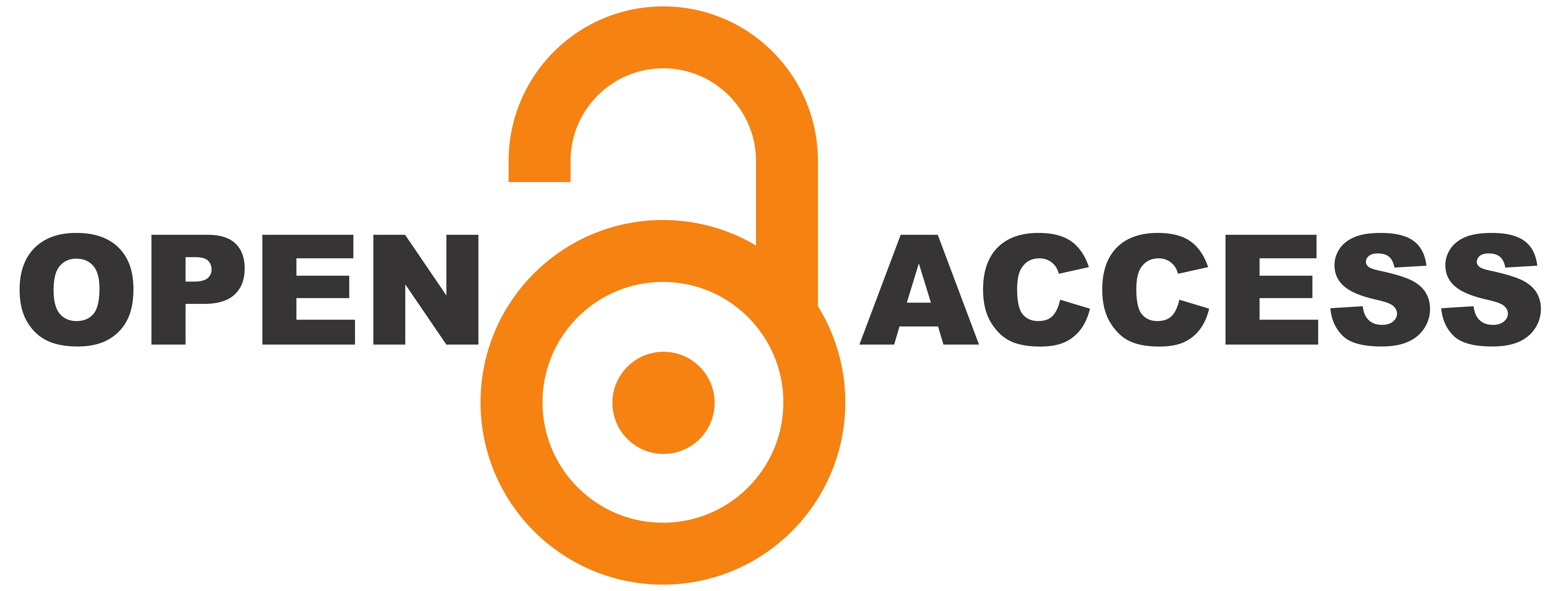WELFARE NORMS FOR SWINE PRODUCTION UNDER INTENSIVE REARING SYSTEM
DOI:
https://doi.org/10.18011/bioeng2007v1n2p137-145Keywords:
animal production, animal welfare, norms and legislationAbstract
Animal welfare is today one of the most important non-regulated commercial barrier inanimal protein international trade. The European Union along with the United States ofAmerica and Australia are important pork exporters. Rearing conditions vary betweencountries as it depends on the climate, as well as these animals transportation is alsodistinct worldwide. This research had the objective of describing a scenario related tolegal demands determined by the presence of adopted norms or legislations. For thisevaluation critical items were elected and score were given varying from 1 to 5 (very badto very good) as a function of the existence and the adoption of norms for each item.Average values were calculated and mean comparative analysis was applied in order toenhance the specific gaps. Results show that the countries in the European Union, theUnited States and Australia have already made and adopted their norms and laws thataim attending to certain welfare demands; while Brazil shows to be behind. Because ofthe new international animal welfare demands there is a need to update Brazilian legislation,as the country is an important pork exporter.
Downloads
References
ALBRIGHT, L.D. Environmental Control forAnimals and Plants. St. Joseph, MI: ASAE.Textbook n.4, 1990. 455p.ANIMAL Welfare. Act 2002: new laws toprotect animals. Australia: Department ofLocal Government and RegionalDevelopment, 2002. p. 1-13.
BARNARD, C. Ethical regulation and animalscience: why animal behavior is special.Animal Behavior, Amsterdam, North-Holland, v. 74, jul, p. 5-13, 2007.
COCKRAM, Michael S. Criteria and potentialreasons for maximum journey times for farmanimals destined for slaughter. AppliedAnimal Behaviour Science, Amsterdam:North-Holland, v. 106, Sep., p.234-243,2007
COSSINS A.R., BOWLER, K. Temperaturebiology of animals. London: Chapman andHall, 987. 325p
EUREPGAP. THE GLOBAL PATNERSHIP ́FOR SAFE AND SUSTAINABLEAGRI-CULTURE. Disponível em http://www.eurepgap.org/Languages/English/index_html. Acesso em 30/11/05.FRASER, D. The vocalization and otherbehaviour of growing pigs in an ''open field''test. Applied Animal Ethology, AmsterdamNorth-Holland, v.1, p. 13–16, 1974.
GRANDIN, T. Assessment of stress duringhandling and transport, Journal of AnimalScience, Colorado State University n. 75,p. 249-257. 1997.
GRANDIN, T. Perspectives on transportationissues: The importance of having physicallyfit and cattle pigs. Department of animalsciences. Journal of Animal Science,Colorado State University, n.79, 7p. 2000.
GRANDIN, T. Review reducing handlingstress improves both productivity andwelfare. The Professional Animal Scientist,Fayetteville, v. 14, n. 1, mar. p. 10-11. 1998.
HOLDEN, J. P., GLONE, J. Animal WelfareIssues – Swine. Iowa State University,Department of Animal Sciences, 1997, p.4.
MANTEUFFEL, G.; PUPPE, B.; SCHON,P.C. Vocalization of farm animals as ameasure of welfare. Applied AnimalBehaviour Science, Amsterdam, v. 88, n. 1-2, p.163-182, 2004
MATTHEWS, L.R. Animal welfare andsustainability of production under extensiveconditions: a non-EU perspective. AppliedAnimal Behaviour Science, Amsterdam:North- Holland,v.49, p. 41-46, 1996.
MINITAB®:Minitab Statistical Software forWindows. São Paulo: Award Brasil, 2005.Disponível em http://www.minitab.com/products/minitab. Acesso em 10 de fevereirode 2007.
PASSILLÉ , A.M.; RUSHEN, J. Can wemeasure human–animal interactions in on-farm animal welfare assessment?: Someunresolved issues. Applied AnimalBehaviour Science, Amsterdam: North-Holland, v 92, aug, p. 193-209, 2005.
RINALDO, D; LE DIVIDICH, J. Influencie dela temperatura ambiente sur lesperformances de croissance du porc. In:INRA- Producción Animal, Paris, France,v.4, p. 57-65, 1991.
ROLLIN, B.E. Farm animal welfare: social,bioethical, and research issues. Ames: IowaState University, 1995. 168p.ROPPA, L. Perspectivas da produçãomundial de carnes, 2006 a 2030. In:CONGRESSO LATINO-AMERICANO DESUINOCULTURA, 3., 2006, Foz de Iguaçu.Anais... Campinas: Editora Animal/Word,2006. p.37-56.
SAMPAIO, C. A. P; NÄÄS, I.A. Gases eruídos em edificações para suínos-Aplicação das normas NR-15, CIGR eACGIH. Engenharia Agrícola, Jaboticabal,v. 25, n. 1, p. 10-18, 2005.
SCHRADER, L.; TODT, D.; Vocal quality iscorrelated with levels of stress hormones indomestic pigs (Sus scrofa domestica).Ethology, Switzerland, IN, v. 104, p. 322-349,1998.
SOBESTIANSKY, J.; MARTINS, M.I.S.;BARCELLOS, D.E.S.H. de; SOBRAL,V.B.G.M. Formas anormais decompor-tamento dos suínos: possíveis causas ealternativas de controle. Concórdia.EMBRAPA-CNPSA. (Circular Técnica, 14).1991, 29 p.
TOLON, Y.B. de. Avaliação do ambientegerado pelo resfriamento adiabático emmaternidade de suínos e determinação demodelos de previsão de parâmetros deconforto. Campinas, 2002. Tese (Doutoradoem Engenharia Agrícola) – Faculdade deEngenharia Agrícola, Universidade Estadualde Campinas.
YEATES, J.W.; MAIN, D.C.J. Assessmentof positive welfare: A review. The VeterinaryJournal. UK. Disponível em:www.sciencedirect.com. Acesso em 18/09/07.
Downloads
Published
How to Cite
Issue
Section
License
Copyright (c) 2007 The Authors

This work is licensed under a Creative Commons Attribution 4.0 International License.
By publishing in this journal, authors agree to the following terms:
a) Authors retain copyright and grant the journal the right of first publication. The work is simultaneously licensed under the Creative Commons Attribution License, which permits sharing and adaptation of the work with appropriate credit to the authors and the journal.
b) Authors may enter into separate, additional agreements for non-exclusive distribution of the published version of the work (e.g., posting to an institutional repository or inclusion in a book), provided that proper credit is given to the original publication in this journal.









